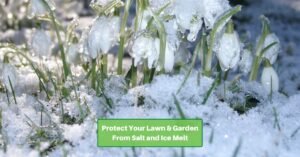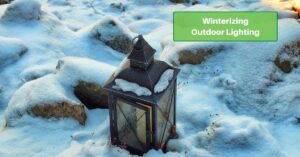When you work hard from spring to fall to nurture a great lawn, it can be depressing to know the cold weather is coming. In many climates, that means the grass will turn brown or even be buried by snow. You want it to rebound well for next year, but that means preparing it appropriately. But what should you do to prepare for and survive winter?
There are a number of steps to take that will help your great lawn prosper again next spring. Here are some suggestions that can help make the cold weather do less damage.
Cut The Lawn Short
Grass grows green and healthy when it’s able to circulate nutrients throughout the whole blade. But when there’s a lack of supplies, that gets tough to do.
Winter weather means that grass is going to lack the normal supply of those nutrients. Because of that, it will struggle to keep long blades healthy. The whole plant suffers because it’s trying to work without enough fuel.
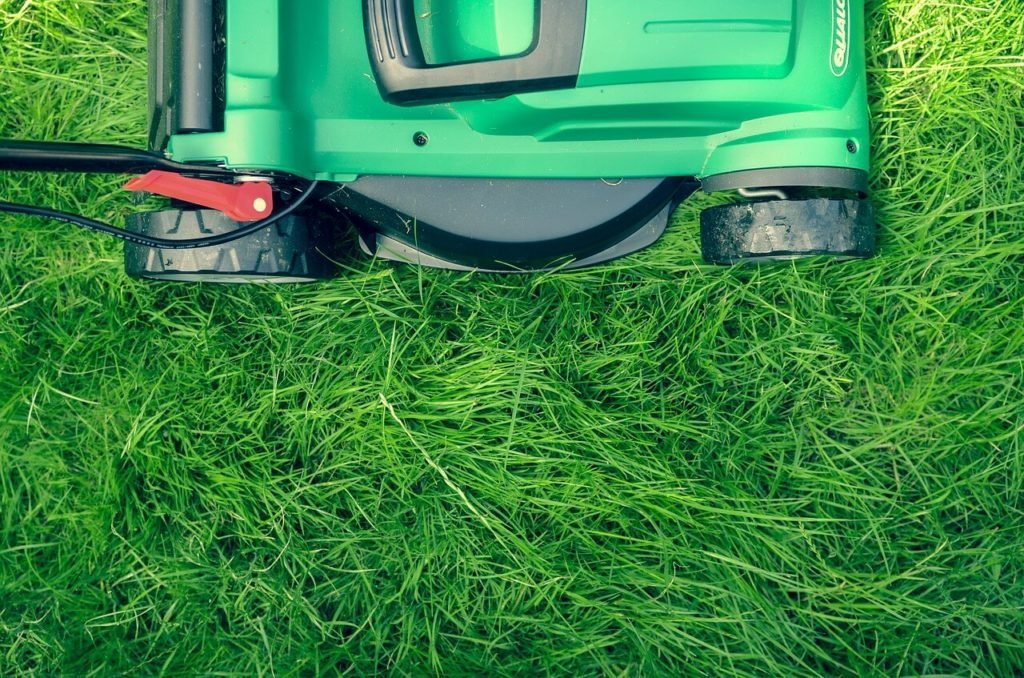
Shorter grass means that there is less work to do, so trimming it back at the end of fall is a huge help to the plant’s system. It will be able to use its energy more effectively, thus staying stronger until spring brings increased supplies of energy.
As the fall winds on, grass “knows” to prepare for winter. It will begin growing more slowly. You may need to mow less often. You can lower your lawn mower blade a bit to cut it short than usual. Once it seems to stop growing at its normal pace, it’s time to store the mower for the winter.
Keep It Clean
Another important steps to protecting your grass for winter is to make sure the lawn is clean and the grass uncovered.
That means to take care of basic fall lawn care. Rake up leaves and remove litter. Also, make sure toys and other items are removed from the grass.
Your grass will need all the light it can get during winter, so don’t cover it over. It also can be damaged by the weight of heavier objects on it. While it also needs water year-round, the moisture trapped under a tarp or other items can lead to mold growth that can destroy the grass.
Aerate and Rake
Fall is also the ideal time to aerate your lawn. This process opens up the soil so that air and water can more easily penetrate it. Over time, the soil has become compacted. In that condition, it’s harder for vital chemicals to reach the grass’ roots. Aerating each fall can alleviate some of that compaction.
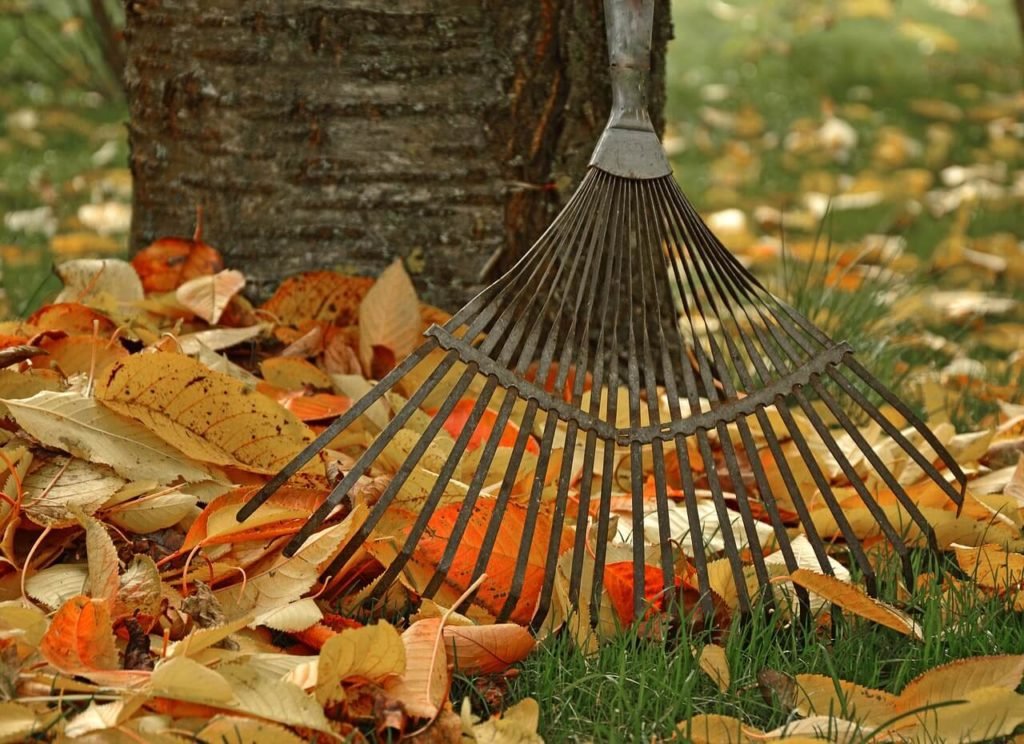
You should also give your lawn a thorough raking even if it’s not covered with leaves. This will help break up clumps of soil and spread any seed that’s already on the lawn. It can also loosen any thatch that’s begun to form from old grass clippings. While some thatch is good, it can hamper the absorption of water and air into the soil when it becomes too thick and dense. Raking helps. If the thatch has built up substantially, though, it’s a good time to dethatch the lawn and aerate it.
Fertilize
Fertilizing your lawn in the fall can be a good idea if you have a cool-season grass. It will help provide what your grass needs to hold up during the cold weather. The best results come if you apply the fertilizer before the grass starts to yellow. In most regions, this will be around October or November.
Applying fertilizer after aerating means that it can reach the roots even more easily. The plants will be able to draw on it as they need it.
However, if you have warm-weather grasses, this is not the best time to fertilize. Since the growth cycle is different, it’s best to fertilize these earlier in the year.
Plant Cool-weather Grass Seed
Surprisingly, the dormant cold season can be a good time for new grass to start developing. Like fertilization, this only applies for cool-weather grasses, though.
Learn more about different types of grass
This doesn’t mean that you wait until late fall to spread seed. Instead, late summer or early fall is ideal. As the existing grass goes dormant and requires a lower level of nutrients, the new seed can take advantage of what remains. It also means the new grass won’t have to deal with the worst parts of summer heat.
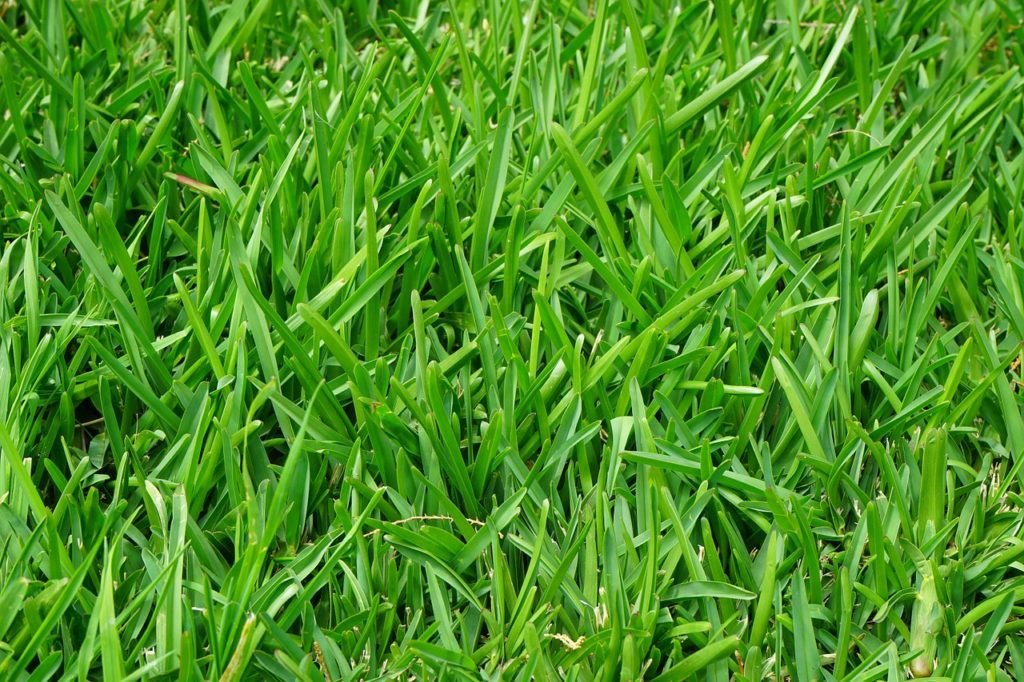
Of course, you’ll want to concentrate on areas that haven’t been doing well over the year. Spread more seed over bald or thin spots. But adding some seed even where the grass is doing well will help keep it thick for next year.
Water If Necessary
Even when grass is in its dormant winter state, it needs water to survive. Depending on the weather, that means you may still have to provide the water.
Of course, winter often brings its own precipitation which can be sufficient for your lawn. However, if it’s been drying, it’s still good to turn on the sprinklers or pull out the hose.
Don’t water the lawn, though, if the water is likely to freeze. This can do more harm to the blades of grass. And don’t forget to empty and store the hose afterward!
Keep Off the Dry, Brittle Grass
When you’re not feeling well, any contact or annoyance is amplified. The same is true with grass. In its dormant state, it’s unable to bounce back from being stepped on or otherwise matted down.
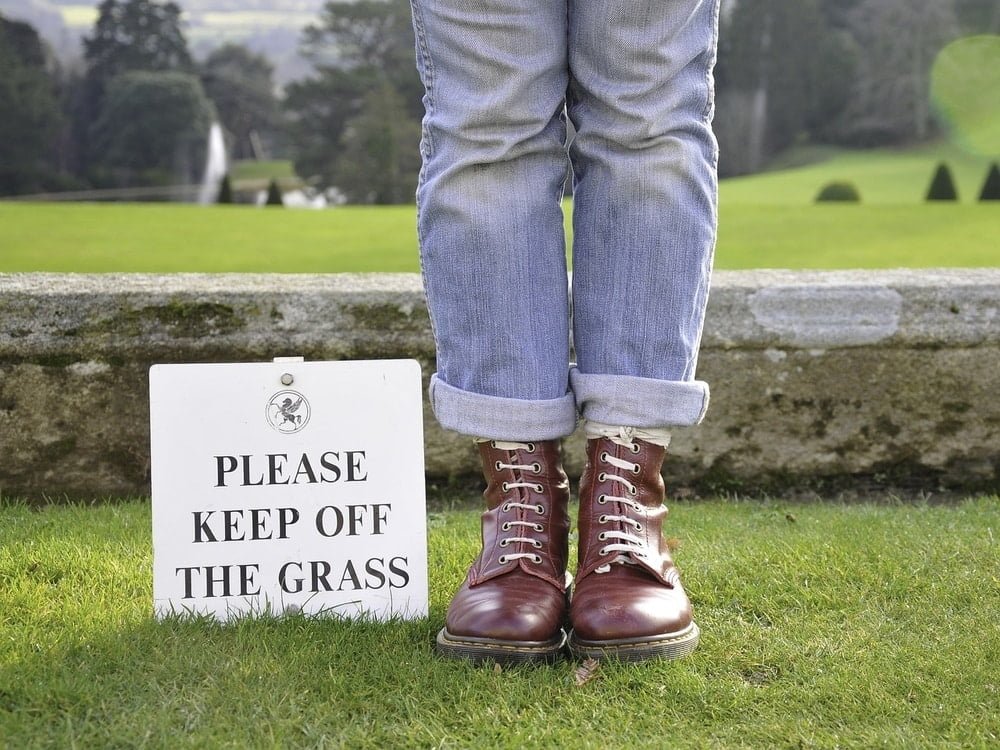
Try to keep off the grass once it’s gone dormant. Blades can easily break because they are more brittle at this time. This may mean you have to take a couple extra steps to stay on the sidewalk rather than cutting across a corner. But it’ll pay off with a richer, healthier lawn in the spring.
Caution with Snow Salt
The salt used to melt snow can do a lot of damage – to your car, your shoes and clothes, your hard surfaces, and even to your grass. As a corrosive, it can quickly damage or even kill your lawn.
Fortunately, a lot of alternatives to salt have been developed for getting rid of snow. It’s best to choose an alternative that is safer and more environmentally friendly.
If you do have to use salt, try to not spread it onto the lawn at all. Be careful when shoveling salted snow or ice to not deposit it on grassy areas. But you’ll still have issues from runoff as the water carries it into the lawn.
Conclusion
Prepping your lawn for winter will help it rebound in spring. The process can start as early as late summer and continues throughout fall. There’s not much you can do during the peak of winter, but the early care will help assure that your grass is ready to rebound for next year!








